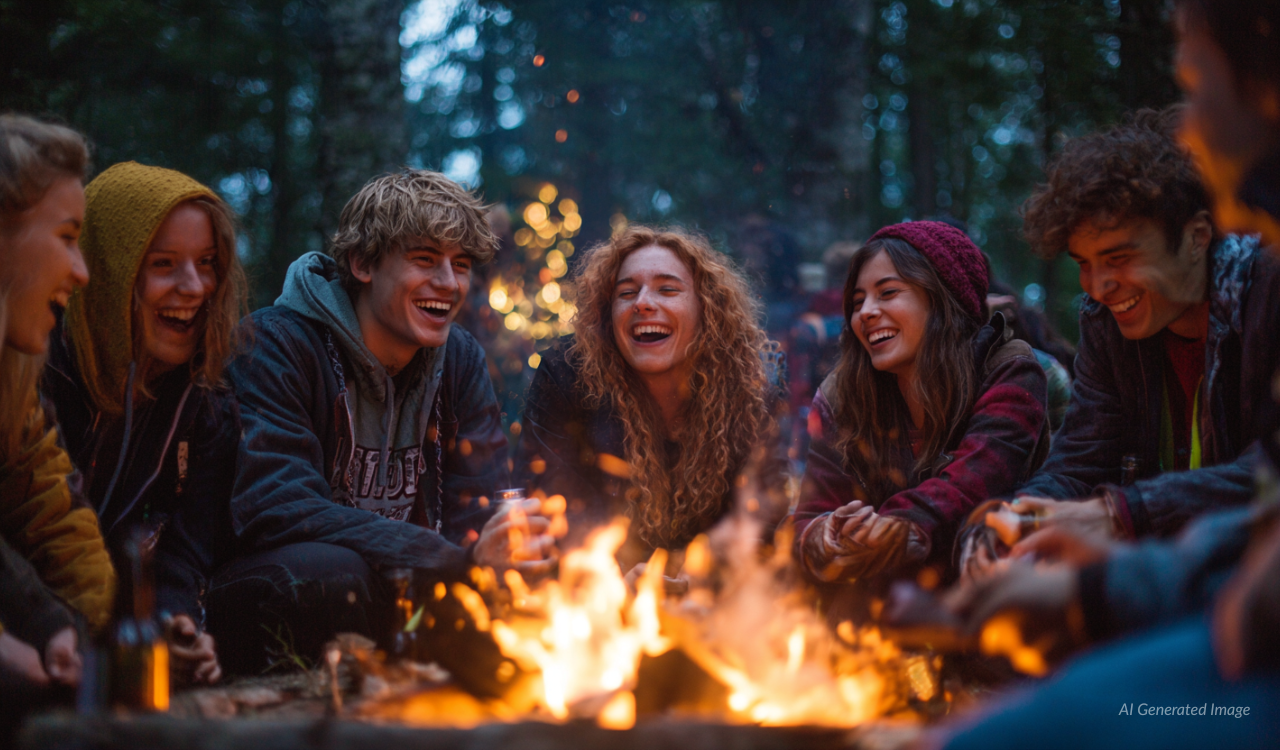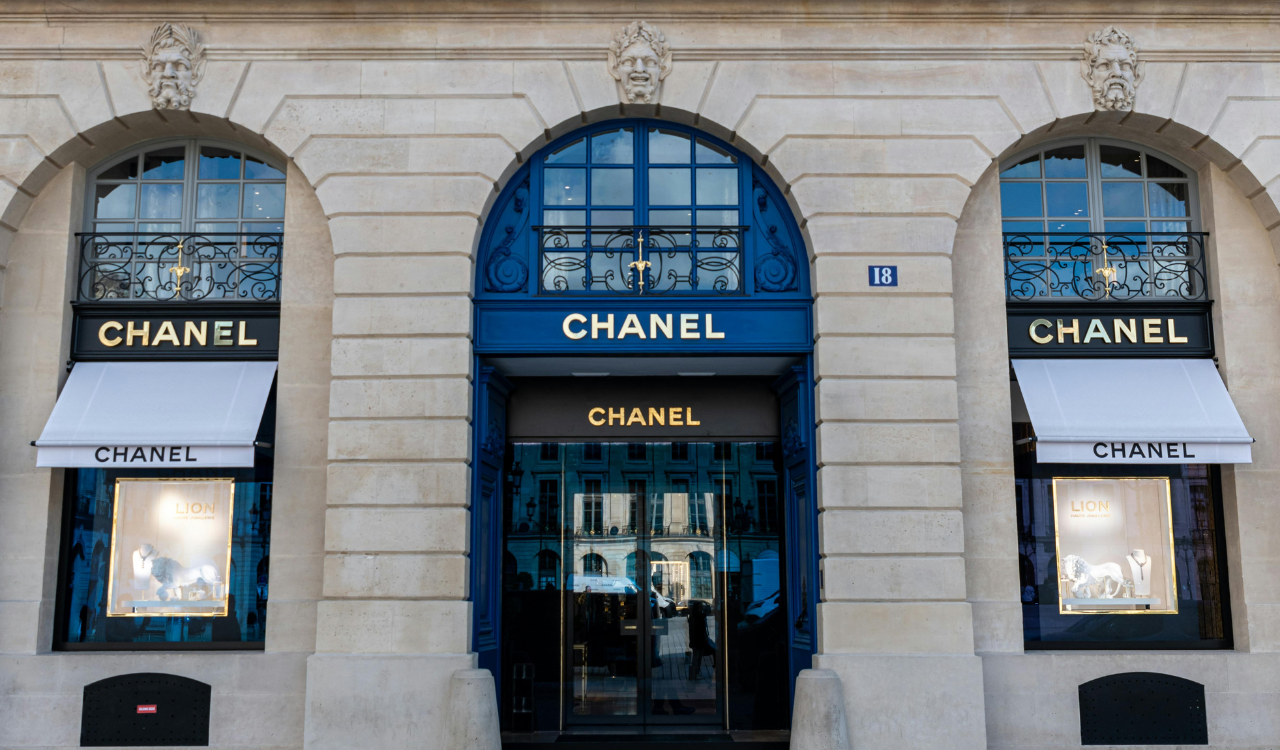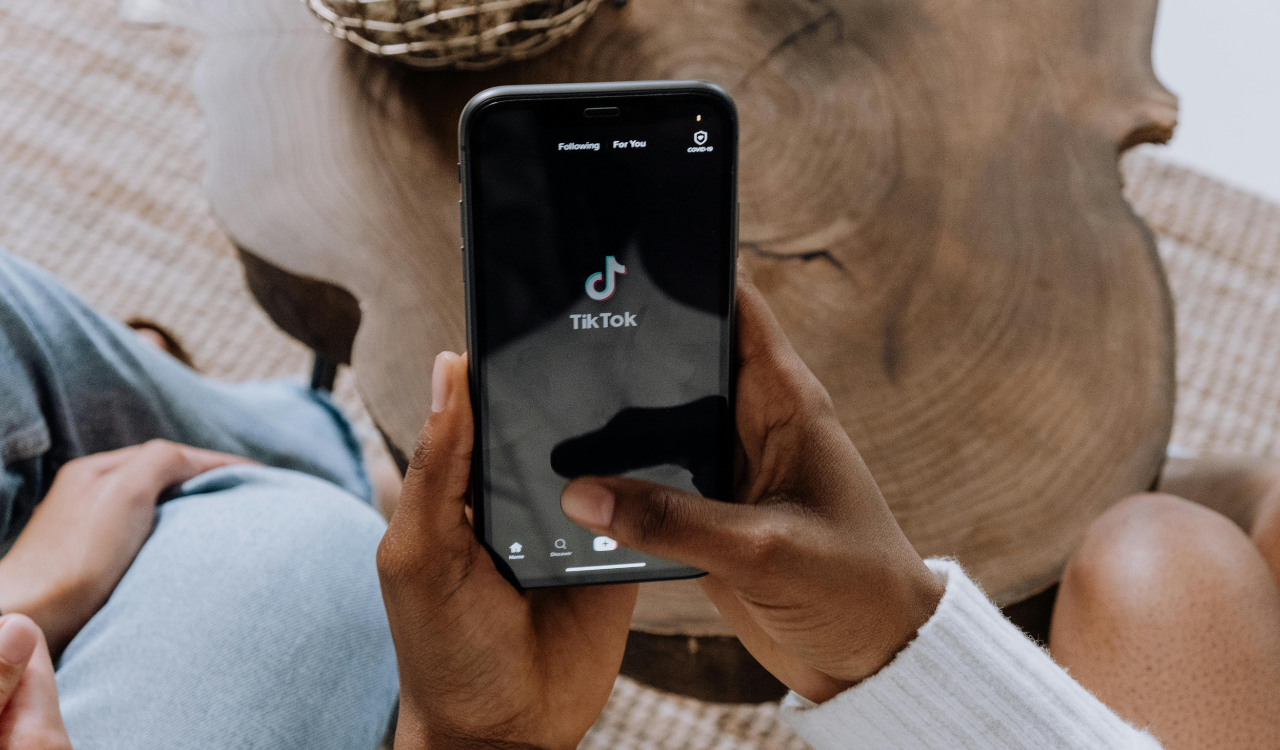Gen Z’s dream of the 90s is alive and well on social media. The fact that this version of the 90s gracing social never existed can be attributed to the ease of creating AI-generated movies with tools like Midjourney and DaVinci Resolve. Videos of seven-fingered, phoneless groups of friends sitting around bonfires to the tune of Blues Traveler’s “Runaround” may be fake, but their impact on nostalgia-driven purchasing behavior is anything but fictitious.
Consumers are deprioritizing retail authenticity and diving headfirst into escapism. A few extra fingers matter less to next gens than the emotional resonance of the video on their screens. The irony is that these videos are generated with deepfake technology that only recently became available, and it feels right on brand for 2025.
The Oxymoron of Tech and Nostalgia
Gen Z’s desire for nostalgia can be attributed to the rise of technology. Here’s a reality check: The lens of digital nativity that we once used to describe next gen purchasing behavior doesn’t have legs. We now know that there are no “digital natives.” Next gens have never experienced a world without tech, but human brains aren’t wired for constant connectivity. So, the accelerated demands of new technology feel as foreign and oppressive to Gen Z as they do to older generations. The 90s came before cell phones, which made us forever on call to everyone we know, and now there is a new trend of video content centered around their absence that is blowing up social media. Escapism is back. Online creators using AI to generate deepfakes have next gen consumers nostalgic for a fictitious 90s ideal, which has very real implications for the retail industry.
AI Tools Bring Good Vibes
A low-tech life feels idyllic to many chronically overstimulated next gens. A wide range of nostalgia-based accounts are popping up on Instagram and TikTok, promoting fake historical content to hundreds of thousands of followers. That creators need to create AI-generated videos of an ideal 90s to bring positive energy to their followers in 2025 speaks to the state of our culture. On a different note, AI-generated deepfakes have made headlines recently for nefarious reasons. The potential for widespread misinformation took form when TikTok creators used AI to generate misinformation about Alligator Alcatraz and other hot-button political topics.
And then we often hear about TikTok influencers earning an “average” salary of $131,874, but the average is skewed by those top creators making millions of dollars. Most creators earn under $15,000 on TikTok each year and have hefty aspirations of higher earnings. Producing AI-generated, idyllic 90s content in Midjourney and using Photoshop to clean up the glitches can fast-track content creators’ monetization capabilities; they don’t need a script or real actors. Just dream of the 90s, get a computer, and a fanbase is ready to consume these videos.
Escapist Marketing
Escapist marketing always comes to the forefront in uncertain times. Phys Org defines escapist marketing as “a strategy that creates emotionally immersive experiences to help consumers temporarily escape from reality, often through fantasy, nostalgia or idealized lifestyles.” And today’s customers aren’t escaping into the present or the past; rather, a large language learning model’s idea of what the past could have been.
There’s a reason the LA Times just asked if culture peaked in 1997. Consumers are shouting “retail overwhelm” from the rafters, and the AI-generated nostalgia accounts they follow on TikTok show us that this isn’t just lip service: Consumer attention goes where serenity flows and to find it, our futuristic tools are looking to the past. Consumer nostalgia is also evident in luxury. Look at how Burberry is calling upon Blockbuster romcoms of yesteryear with its seven-part “London in Love” video series featuring Kate Winslet. Or the Gucci Continuum video series, an ongoing “circular narrative” of interviews and digital art collages that hit home for anyone who lived through the Clinton administration.
Making Margins of Our New Shared Past
AI-generated 90s nostalgia is rooted in longing. While the AI-generated cheerful weekend bonfires on Instagram and TikTok never happened, the emotional resonance they have with next gen consumers is real. Creators have tapped into a zeitgeist that retailers have barely scratched the surface. Take away the demands that connectivity places on customers to be on call 24/7, and they will seek out low-stim joy making themselves at home on retailers’ social media pages, immersing themselves in retailers’ online catalogs, and visiting their physical stores.
Consumers are shifting and deprioritizing 2025 retail authenticity by diving headfirst into escapism. A few extra fingers matter less to next gens than the emotional resonance of the video on their screens. The irony is that these videos are generated with deepfake technology that only recently became available, and it feels right on brand for 2025.
However, if AI tools can fabricate a shared history that soothes next gens into spending with creators, imagine what brands and retailers could do if they took the time to reach customers on a human level. We’re already seeing this in nearly every retail vertical. Even Ikea Norway recently launched a “Made for Life” video series featuring people quietly exploring life’s challenges in well-designed, Ikea-furnished settings. The 90s may not have lived up to the hype, but low stimuli, nostalgic advertising is the next retail marketing bandwagon. Retailers need to adapt their messaging to meet the nostalgic, low-tech demands of our time – even if they get there through using advanced technology.





